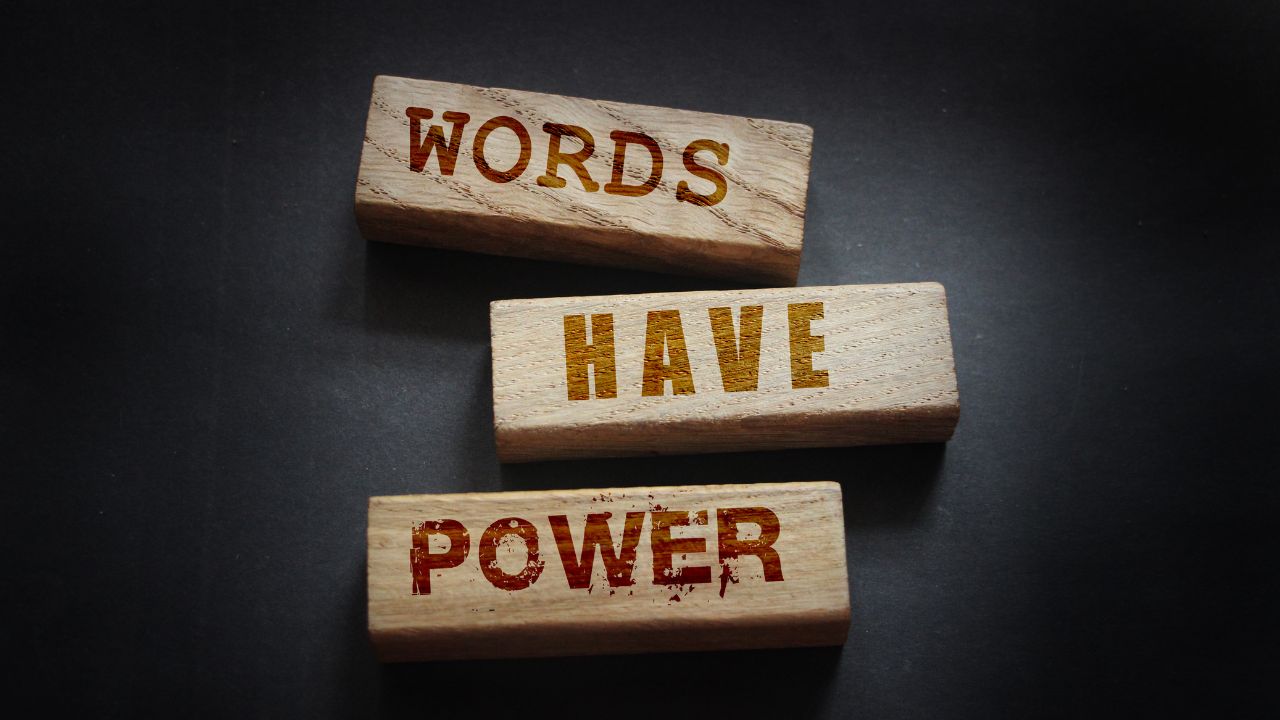Think you need to have a backstory for every character in your novel? Not necessarily. But This step-by-step guide will walk you through the process of uncovering your characters’ pasts and bringing them to life on the page. So whether you’re just starting or are struggling with that oh-so-important chapter, read on for tips on how to write a backstory that will make your readers fall in love with your characters.
What is a backstory?
A backstory is the history of a character leading up to the story’s events. It includes information about the character’s family, friends, enemies, and other important people and events in their life. This history shapes who the character is and how they react to the events of the story.
While you don’t need a complete and detailed backstory for every character, developing at least some of your characters’ pasts can help you create more believable and well-rounded people on the page.
After all, most of us have had an interesting life so far: we’ve made friends, enemies, lost loved ones, pursued our dreams, or been forced to give them up. Even if your story is set in a single day, understanding your characters’ backstory can help you understand why they act the way they do.
Popular: How to Write a Sonnet
Why write a backstory?
In addition to making your characters more believable, writing a backstory can also help you:
Get to know your characters better: The more you know about your characters, the easier it is to write them. By understanding their past, you can better understand their motivations, fears, and desires.
Avoid plot holes: A well-developed backstory can help you avoid plot holes and inconsistencies in your story. After all, if you know what your characters want and why they’re doing what they’re doing, it’s easier to stay true to their motivations.
Create a more complex, well-rounded story: By spending time developing your characters’ pasts and personalities, you can create multidimensional people who have understandable reasons for their actions.
You’ll also be able to write more intimately about your characters (no matter how minor they are), giving the reader a better sense of who they are.
You might also like: How to Write an Autobiography in 6 Easy Steps
How to write a backstory
1. Start by asking your character questions about their past, such as where they grew up, who their friends and family were, and what their life was like before the events of your story. Try not to be too linear or literal—think about how your character’s background might affect their present-day life.
2. Once you have a good understanding of your character’s past, start looking for key events that shaped who they are today. These events could be positive (like falling in love or achieving a goal) or negative (like being betrayed or having a traumatic experience).
3. As you’re brainstorming key events, also consider your character’s relationships with other people, both past and present. What role do these relationships play in your character’s life? How have they shaped who your character is today?
4. Once you have a good understanding of your character’s backstory, start writing! Use flashbacks, dreams, and conversations to gradually reveal bits and pieces of your character’s past throughout the story.
5. Remember that you don’t need to reveal everything about your characters in a single chapter or even a single book—some backstory is best revealed slowly over time as it becomes crucial to the plot. This will keep your readers engaged, while also giving you plenty of opportunities to develop your characters even further.
When you’re developing your characters, carefully consider their backstories. What events in their past shaped who they are today? How do their relationships with other people affect their present-day lives? By taking the time to write a well-developed backstory, you can create more believable and well-rounded characters who will keep your readers engaged.
You might want to read: How to Write a Love Song: A Step-By-Step Guide
Tips for writing believable and engaging backstories for
your characters:
1. Ask your characters questions about their pasts, and try to get a sense of the experiences and events that have shaped who they are today.
2. Brainstorm important events or experiences from your character’s past, and think about how those events might have affected their present-day life.
3. Use flashbacks, dreams, and conversations to gradually reveal details about your character’s backstory—don’t try to reveal everything all at once.
4. Focus on including only the details that are essential to understanding who your character is and why they’re doing what they’re doing.
5. Remember that your character’s backstory is always evolving, so be prepared to refine and deepen it over time as your story develops.
6. Finally, remember that too much backstory can overwhelm or bore your readers, so be sure to avoid including too much information at once. By following these tips, you’ll be able to create engaging, believable characters that will keep your readers hooked until the very end!
Others have read: How to Write Manifestations
The importance of continuity in backstories
When writing a character’s backstory, it is essential to maintain continuity. This means that all of your character’s past details should be consistent and believable, regardless of whether they are being revealed gradually or all at once.
To do this successfully, you should pay close attention to how your character has changed over time and their relationships with other characters. Additionally, it is important to ensure that any events or experiences in your character’s past are relevant to the present-day plot of your story.
If you can successfully maintain continuity in your character’s backstory, then you will have created a well-rounded and believable character who your readers will be engaged with from start to finish.
When creating a believable and compelling backstory for your character, there are a few things to keep in mind:
1. Make sure that all of your character’s past details are consistent and believable.
2. Pay close attention to how your character has changed over time and their relationships with other characters.
3. Ensure that any events or experiences in your character’s past are relevant to the present-day plot of your story.
4. Finally, remember that too much backstory can overwhelm or bore your readers, so be sure to avoid including irrelevant details and information. If you keep these tips in mind, you’ll be well on your way to creating a believable and interesting backstory for your character!
In closing, crafting a compelling and consistent backstory is essential for creating believable and engaging characters in your stories. By asking your characters questions about their pasts, brainstorming essential events or experiences that have shaped them, and using flashbacks and conversations to gradually reveal details about their history, you can create rich, complex backstories that will capture your readers’ interest from start to finish. So why wait? Start writing your character’s backstory today!










